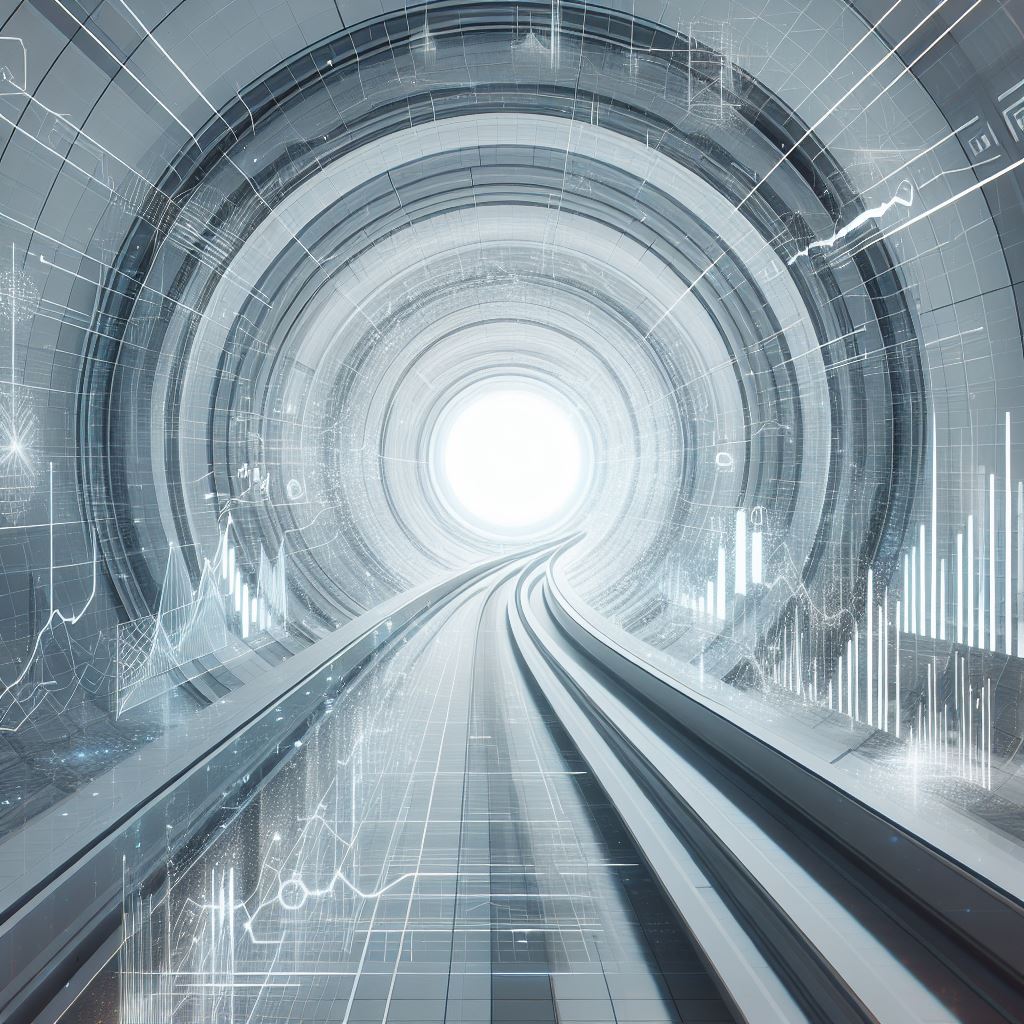
- Mobility & Infrastructures
- Digitalization
Categories:
The ever-increasing demand for infrastructure that connects territories, improves mobility and promotes sustainable development, involves the search for new solutions to make tunnel construction faster, safer and more effective.
Tunnels are complex and challenging engineering works that require careful planning, execution and maintenance. Each tunnel is unique and presents its own characteristics, risks and opportunities. Therefore, it is essential to have tools that can optimize the tunnel construction and operation process while reducing the risks, costs, timelines and environmental impacts.
Currently, for example, some impressive megaprojects, such as the Gulf Railway or the Gibraltar Strait tunnel, are in the design phase, and will require new technological advances in coming years to allow the construction of long, underwater rail tunnels. To successfully meet these challenges head on, we need tools to optimize processes, reduce risks, improve quality and increase efficiency during the construction of these structures.
Tunnel maintenance is also turning to automation to detect pathologies that can be used to predict their evolution, the goal being to make the tunnel life cycle as safe and long-lasting as possible. This automation, together with the digitization of the lines, will result in a very important qualitative leap in the operation of tunnels.
In this regard, data science and digitization are key allies that offer multiple advantages and opportunities. The two disciplines complement and promote one another, generating added value for tunnel construction and maintenance projects. By gathering, analysing and displaying data in real time, valuable and accurate information can be obtained on the status and performance of tunnels, during both their excavation and operation.
The application of data science and digitization to the excavation of tunnels is radically transforming the way we approach these challenging projects. In the use case of tunnel boring machines, the exploitation of data from the hundreds of sensors housed in these machines is essential. These sensors capture crucial operational data, allowing the excavation to be parameterized and controlled in real time.
The processing and analysis of the data extracted from these sensors provides in-depth knowledge on the status of the tunnel so that corrective and even predictive actions can be taken, something that was unthinkable just a few years ago. This immediate access not only to data, but to the knowledge it contains, greatly facilitates decision-making and problem-solving. The ability to display and process data through a web platform accessible from any device also makes it possible to integrate and share the information with the different agents involved in the project, such as the contractor, customer, designer or supervisor. This entire digital ecosystem takes tunnel construction to another level. If we don’t stop here, but rather expand on this knowledge by integrating data into BIM models or spatial representations of the tunnel, we can integrate all the information into the same environment to obtain fascinating results, not only in terms of the efficiency, quality and safety of construction, but also in terms of the possible future exploitation of this data for the construction of new tunnels. Knowledge thus becomes a shared asset, which drives us to continue improving with every new tunnel we build.
This technological leap allows for improved maintenance and operation of tunnels by collecting and analysing data on structural elements, equipment, ventilation systems, lighting, safety, and more, all in real time. This helps to create and manage information, and facilitates coordination, communication and collaboration among the various agents involved, resulting in the application of effective predictive maintenance and undoubtedly increasing the safety and useful life of these structures.
The benefits offered by a digital ecosystem to the construction and maintenance of tunnels seem very clear, since it provides virtually instantaneous knowledge, enabling our decisions to be as effective as possible. Thanks to this digital ecosystem, we can obtain highly valuable information on the status and performance of tunnels, reducing the risk of these structures to a minimum. Can you imagine what having access to the excavation data of thousands and thousands of tunnels around the world will mean in the near future, when it is all translated into pure knowledge? What the future has in store is amazing. But returning to the reality of today, the benefits are clear:
- Resource optimization and process automation are core elements in tunnel construction. The ability to access data in real time allows engineers to take more successful and efficient decisions, resulting in significantly reduced timelines and costs.
- The possibility to engage in real-time monitoring, aided by digital applications that allow us to take data in the field and automatically crosscheck it with other construction data, allows us to take objective and effective decisions, far exceeding any other methodology for interpreting data.
- It also lets us greatly improve the operation of the tunnel boring machines by adapting the operation parameters to the machine itself and to the terrain being excavated. By using calculation algorithms designed from experience, we can identify the most suitable values for optimizing the excavation and reducing risk.
- Smart devices can also be used to capture the status and pathologies of tunnels in real time during the operational phase; this is an impressive qualitative leap over traditional data gathering, allowing for the application of a clear predictive analysis to improve tunnels.
However, the use of these new technologies also entails a risk that needs to be managed properly. The vulnerability of our work, which depends on computer systems that may be damaged, attacked or sabotaged, must be reduced somehow. In my opinion, we must never let our own knowledge give way to these new technologies. We must be able to make progress while acknowledging that they will always be tools, the common thread that allows us to enhance and advance our own knowledge, without ever leaving the evolution of our wisdom in the hands of these tools. Furthermore, delegating important decisions to algorithms or artificial intelligence can also lead to legal and/or moral errors or conflicts that must be taken into account. This makes it imperative that we understand the need to constantly and redundantly monitor the outputs of these technologies, if we don’t want them to turn into a failure. Therefore, it is essential to have adequate regulations, oversight and audits to ensure the responsible and safe use of digitization and data science in tunnels.
In addition, the risks in tunnels with IoT through sensors or smart devices can be prevented by applying data security, control and management measures, using secure and encrypted communication protocols, implementing user authorization and display mechanisms, making periodic backups, updating the software and firmware of devices, and applying reliability criteria by periodically capturing data using analogue processes, for example.
The new technologies are here to stay, in all areas of society, which naturally includes the construction and maintenance of tunnels. It is up to us to make the most of not only the solution, but of the path that these technologies will take us on in coming years. The world is constantly evolving at breakneck speed, and soon everything will be radically different from what we have known so far. Tunnel construction and maintenance will require not only engineers or geologists, but professionals with knowledge and skills in multiple disciplines, including computer science, programming, physics, mathematics, statistics and other related areas. More knowledge will be required, no matter the field, and multidisciplinary collaboration is essential.
In short, new technologies are changing the way tunnels are built and maintained. As we advance towards the future, we can expect to see more spectacular innovations in this field. The future is full of possibilities that today we can’t even imagine, and we are on the road to a world where technology and innovation will be fundamental to building a better future for everyone. In the 21st century, we will see technologies that, almost without realizing it, will allow us to build longer tunnels, through complicated terrain, with more quality and efficiency: let’s keep our eyes wide open so we don’t miss it.
- digitalization
- digital
- Tunnels
Tags:
Silvia Arrate
Silvia Arrate is a geologist specializing in underground works. She has 21 years of experience, all of which she has at Sener, primarily focused on tunnel excavation projects in urban environments. She has been Director of Acrot Services and Development for tunnel boring machine operation risk control since 2009 and also collaborates part-time in the Technology Innovation Unit and in the AI discipline at Sener.

 About us
About us

